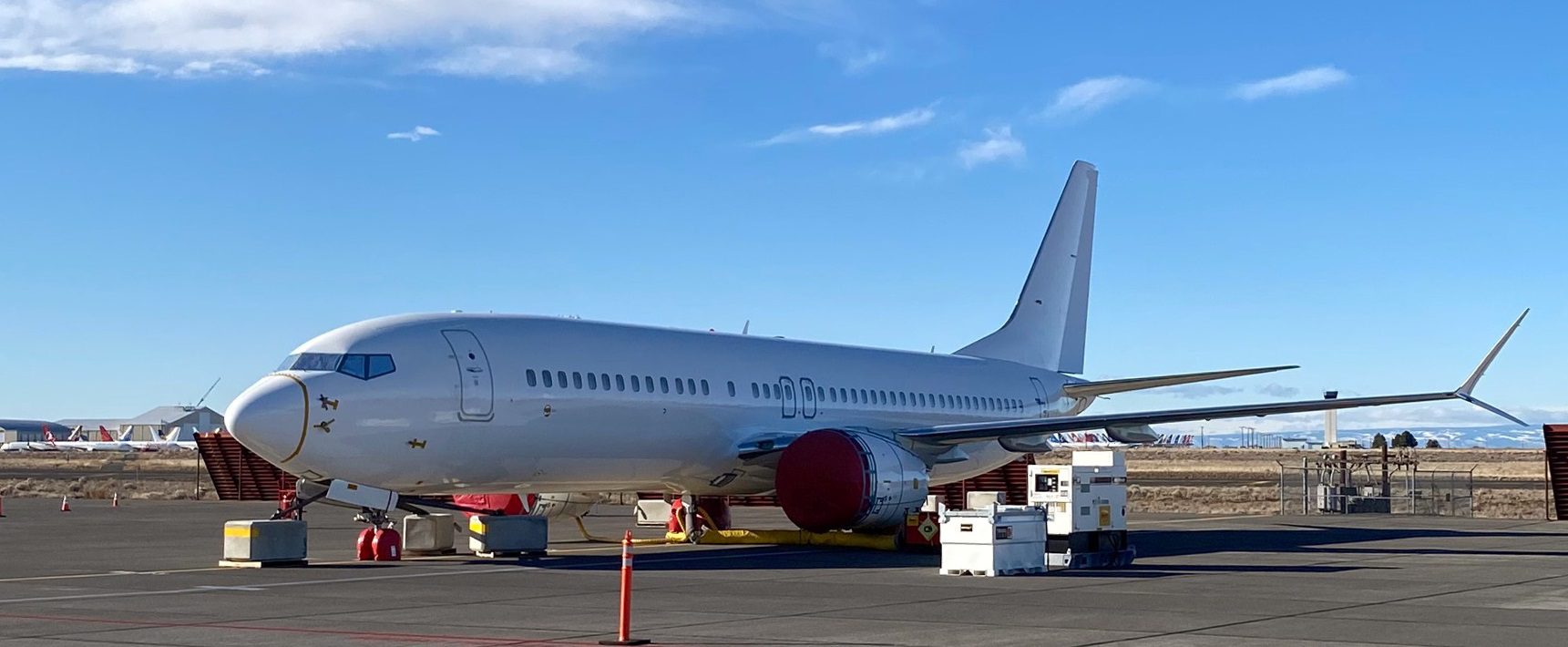In a lease contract many terms and definitions are noted to avoid contention or dispute such as what a Total Loss means:
The term “Total Loss” as an example can in a lease be defined as an example, we will quote text from a “lease” and under it, we explain its intent.
“The actual or constructive total loss of the Aircraft (including any damage to the Aircraft or requisition for use or hire which results in an insurance settlement on the basis of a total loss).
This statement refers to a situation where the aircraft is considered a total loss either through actual destruction or circumstances making it unusable (like severe damage or government commandeering). If the insurance company settles the claim by treating the aircraft as a complete loss, it’s recognized as such.




